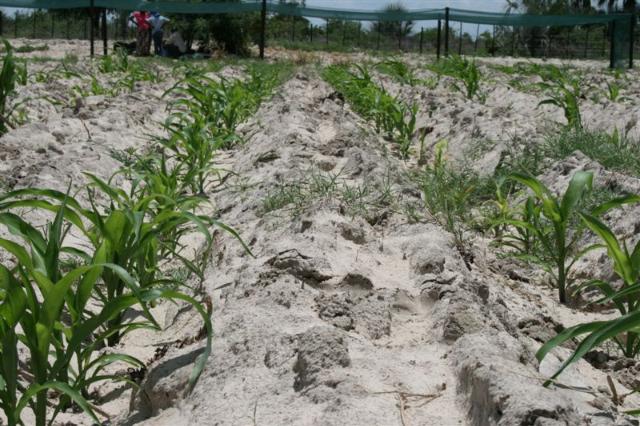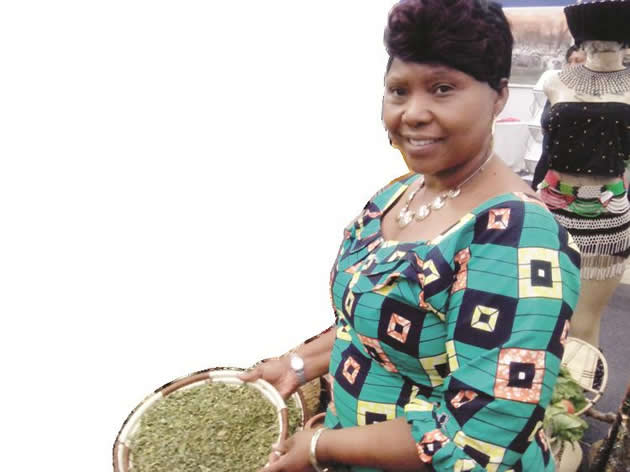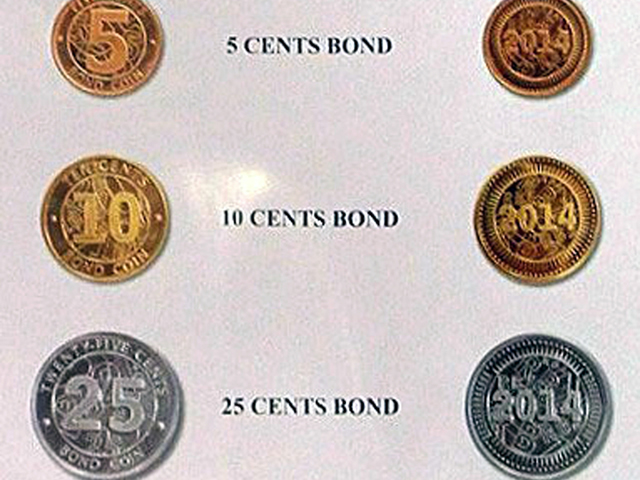Drought tolerant early maturing seed maize boost

 Ruth Chipayi and Molline Gagare
Ruth Chipayi and Molline Gagare
SEED manufacturer, SeedCo, plans to boost the production of its new drought tolerant and early maturing variety to help counter devastating effects of climate change.
Speaking at a field day at the Rattray Arnold Research Station in Shamva on Tuesday, the company’s managing director Dennis Zaranyika said his organisation intended to increase the availability of the SC301 drought tolerant and early maturing variety on the market this year as a response to the changing climatic conditions.
“Climate change is the major concern at the moment and we want our breeders to develop new drought tolerant varieties that can meet the needs of farmers who are feeling the impact of climate change,” he said.
“We’ve introduced a new seed type named SC301 which is drought tolerant and ultra early. This is the Seed Co solution to climate change crop stresses which is the shortening of seasons, heat, drought and diseases.”
The new seed variety matures after 60 days, making it ideal for areas which have erratic rainfall. SC301 trials showed that the crop could mature in two-and-half months in some areas and in others it took two months.
Late rains and floods that affected most parts of Zimbabwe and the southern Africa region late last year and early this year have subdued the overall food security situation in the region.
Meanwhile, farmers in the drought-prone southern regions of the country continue to resist growing small gains that are resistant to drought.
The concerns come after more than 75 percent of all the crops in the southern parts of the country, including Matabeleland South, North and Masvingo were declared a write off. Zimbabwe Farmers Union (ZFU) executive director, Paul Zacharia, said it was difficult for most of the farmers in the regions to concentrate on small grains because there was no readily available market for them.
Farmers shunned small grains like sorghum, rapoko and pearl millet because they required more work compared to other crops, from the time they are put in the ground, to harvesting.
“As ZFU, we’re always in touch with farmers and they give us feedback on any challenges they face. One of the challenges is that small grains don’t have a market that is vibrant as compared to maize. Most people also don’t find them palatable, although they are very nutritious,” said Zacharia.
He said the non-availability of grinding mills for small grains was another reason why farmers are reluctant to concentrate on growing them.
“You’ll find that people are using traditional methods to grind these grains. The process is time-consuming and laborious. Because of this, the end product is below standard. Clean technology is required to ensure high quality products,” he added.
Zacharia said the difficulties of harvesting the grains also made them unattractive to farmers.
“Most small grains fall to the ground when ripe. It’s extremely difficult to pick them up from the ground. As you pick them up, it’s inevitable that the grains will be mixed up with sand and stones. As a result, farmers lose between 10 and 15 percent when harvesting the small grains,” said Zacharia.
Matabeleland North Agritex officer Dumisani Nyoni last week said the government should introduce a facility to allow farmers to exchange small grains for maize at the GMB. He said the move would encourage farmers to grow the grains and it would ensure that they harvest something every year.











Comments